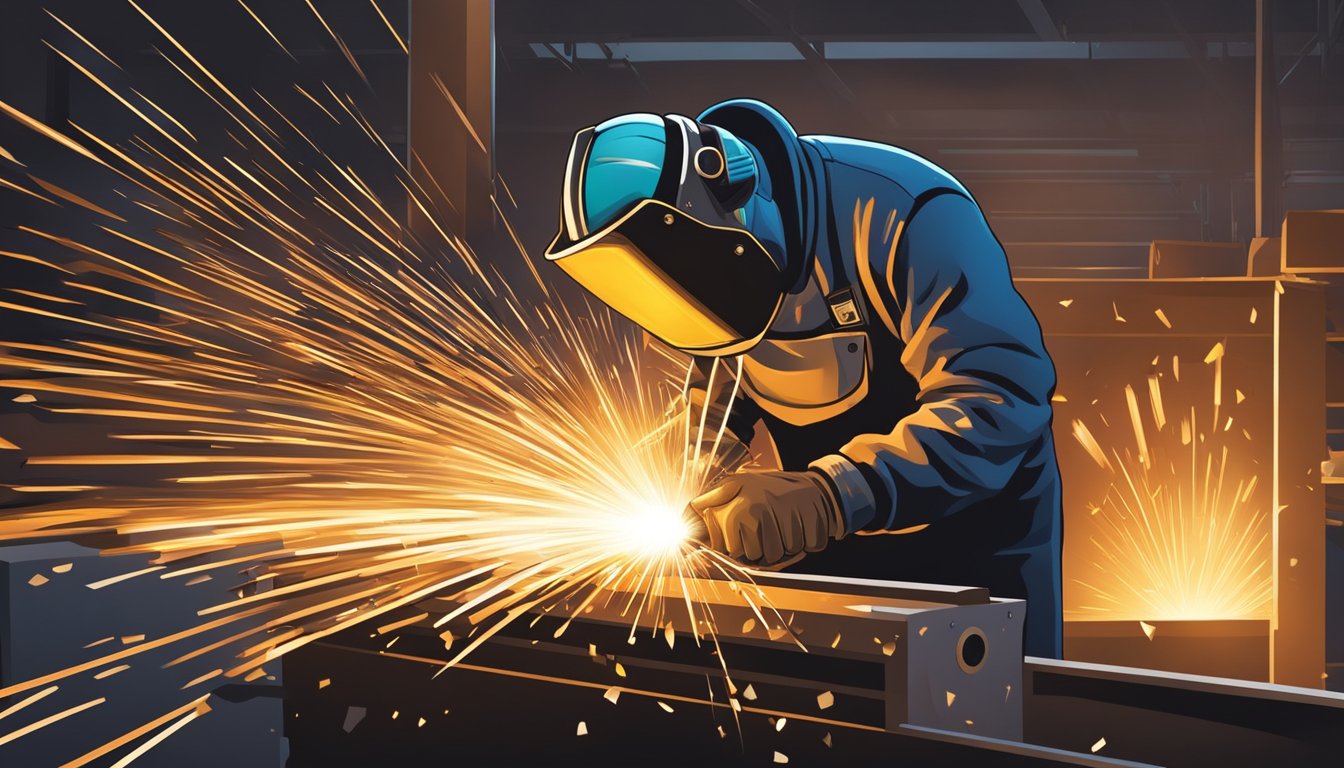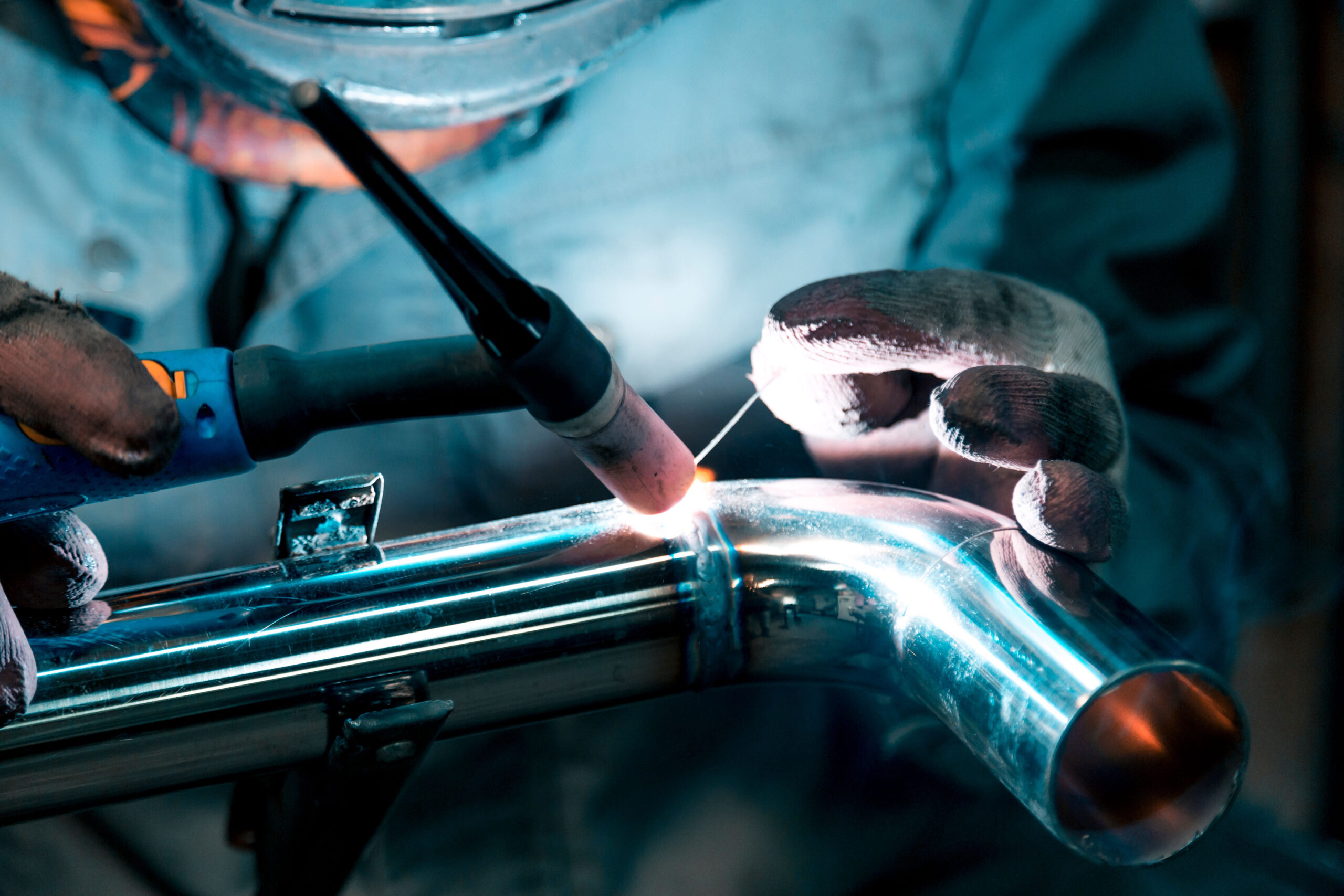Why a Welding WPS is Crucial: Enhancing Consistency and Compliance
Why a Welding WPS is Crucial: Enhancing Consistency and Compliance
Blog Article
Grasping Welding WPS Specifications: Ideal Practices and Techniques for Top Quality Welds
In the world of welding, understanding Welding Treatment Requirements (WPS) criteria is a critical part that straight influences the quality and integrity of welds. As we browse through the ins and outs of welding WPS requirements, revealing key insights and strategies for accomplishing top-tier welds will be vital for welders seeking to succeed in their craft and produce welds that stand the examination of time.
Recognizing Welding WPS Standards

Inspectors depend on WPS documents to validate that welding procedures are being complied with correctly and that the resulting welds are of high quality. Engineers use WPS standards to make welding procedures that make sure the durability and reliability of welded structures.


Essential Devices for High Quality Welds
Grasping welding WPS criteria is crucial for welders to efficiently make use of the necessary devices required for generating top quality welds. The kind of welding equipment required depends on the welding procedure being used, such as MIG, TIG, or stick welding. Cord brushes and breaking hammers are vital for cleaning the weld joint prior to and after welding to eliminate any type of pollutants that might influence the quality of the weld.
Secret Strategies for Welding Success
To attain welding success, one must grasp the key methods vital for producing premium welds. One crucial method is preserving the proper arc size. Maintaining the electrode at the optimum distance from the work surface is important for creating solid, consistent welds. In addition, regulating the travel speed is critical. Relocating also rapidly can cause insufficient penetration, while moving also slowly can lead to extreme heat input and potential issues. Proper adjustment of the electrode angle is one more vital technique. The angle at which the electrode is held can impact the grain shape and penetration of the weld. Additionally, making certain constant gun angle and direction of travel is important for uniformity in the weld grain. Finally, preserving a steady hand and a steady welding placement throughout the process is crucial to attaining precision and uniformity in the welds. By mastering these key techniques, welders can elevate the top quality of their job and sites achieve welding success.
Ensuring Compliance With WPS Criteria

Furthermore, preserving comprehensive records of welding parameters, tools calibration, and evaluation outcomes is crucial for showing compliance with WPS requirements. By carefully adhering to WPS criteria, welders can make sure that their job meets the required top quality levels and adds to the total success of the welding this content job.
Troubleshooting Common Welding Issues
When faced with common welding concerns, recognizing the root reason is vital for effective troubleshooting. One prevalent problem is the visibility of porosity in welds, commonly caused by impurities such as oil, moisture, or corrosion. To resolve this, ensuring correct cleansing of the base steel before welding and making use of the appropriate securing gas can considerably minimize porosity. Another concern regularly run into is lack of blend, where the weld fails to correctly bond with the base material. This can come from insufficient heat input or improper welding method. Adjusting parameters such as voltage, cable feed speed, or travel rate can aid enhance fusion. Furthermore, distortion, breaking, and spatter are typical welding difficulties that can be mitigated via proper joint prep work, consistent warmth control, and picking the ideal welding consumables. By thoroughly comprehending these usual welding concerns and their origin, welders can properly troubleshoot troubles and achieve top notch welds.
Final Thought
Finally, grasping welding WPS standards requires a detailed understanding of the guidelines, making use of vital tools, and applying crucial techniques for effective you could try these out welds. Making sure compliance with WPS requirements is essential for generating quality welds and staying clear of typical welding issues. By complying with finest practices and methods, welders can achieve reputable and consistent lead to their welding jobs.
In the world of welding, mastering Welding Procedure Specification (WPS) requirements is an essential element that straight influences the high quality and honesty of welds.When diving into the realm of welding techniques, a vital element to comprehend is the relevance and complexities of Welding Treatment Specification (WPS) requirements. WPS standards offer a thorough standard for welding operations, making sure uniformity, high quality, and safety and security in the welding process. The type of welding machine required depends on the welding procedure being utilized, such as MIG, TIG, or stick welding.Attaining welding success with the proficiency of key methods demands a comprehensive understanding and adherence to Welding Procedure Requirements (WPS) criteria.
Report this page